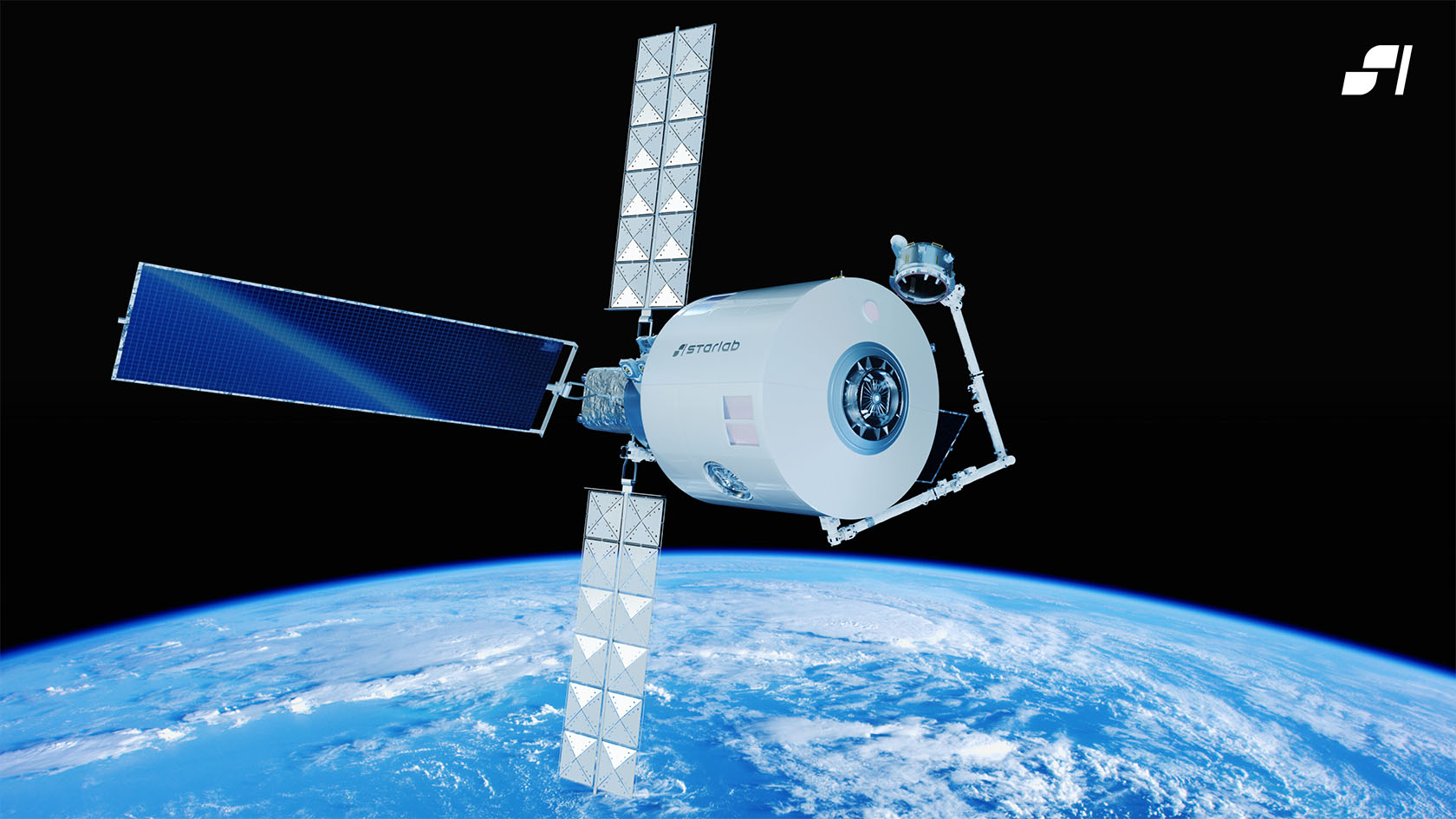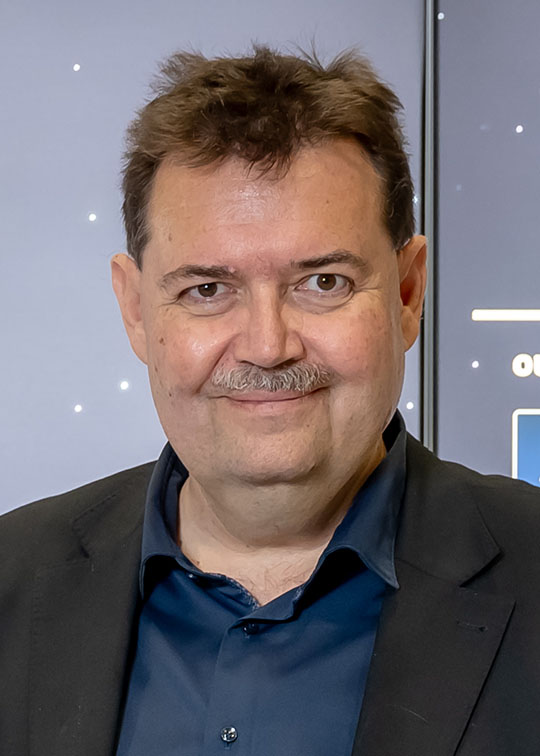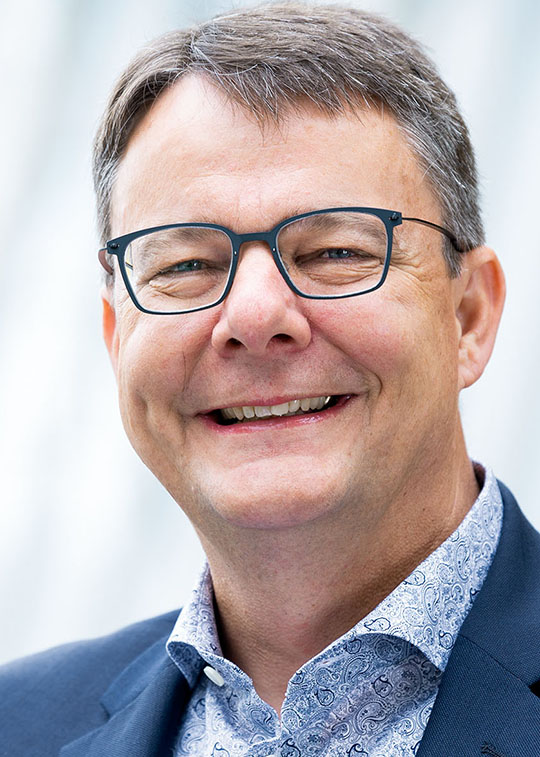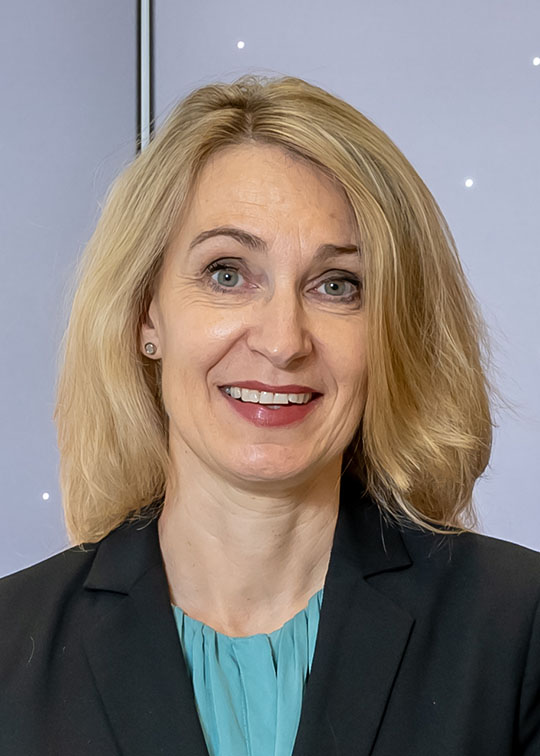UZH Paving the Way for New Space Economy

Starlab Space, an international joint venture of Airbus, Voyager Space, Mitsubishi and MDA Space, has decided to establish its European site at the Innovation Park near Zurich. On Monday, a memorandum of understanding was signed between Starlab and the newly founded Center for Space & Aviation Switzerland and Liechtenstein (CSA), headed up by UZH professor Oliver Ullrich, and the Switzerland Innovation Park Zurich foundation (IPZ). The science park Starlab plans to set up will be one of only three operated by the company worldwide.

The UZH Space Hub has shown that we not only conduct successful research but can also transfer research into practice.
UZH’s previous experience with space projects was one of the key factors in Starlab’s move to Dübendorf, according to Oliver Ullrich. “The UZH Space Hub has shown that we not only conduct successful research but can also transfer research into practice.” He believes Starlab’s decision is based on three robust pillars. In addition to the UZH Space Hub’s space expertise and having strong research, teaching, innovation and practice partners at the CSA, the Innovation Park site with its direct access to the airfield was another factor that moved the needle in favor of Dübendorf.

By 2035, space travel will be an integral part of the global economy. At the Innovation Park in Dübendorf, UZH is laying the first milestone in this direction.
From 2029, Starlab aims to fill the gap left by the decommissioning of the International Space Station (ISS), which is expected in 2030. Starlab’s space station will not only enable international research to continue but will also open up low Earth orbit for commercial activities, Manfred Jaumann, Managing Director of Starlab Space Europe, explained at a media conference at the UZH Space Hub in Dübendorf.
These activities include, for example, the creation of products that can be produced better under microgravity conditions than on Earth, such as growing organ-like tissues, or organoids, from human stem cells. On Earth, this can only be achieved using elaborate auxiliary structures. On the ISS, in contrast, Ullrich and his team have successfully grown such organoids under microgravity conditions.

Not only excellent research, but also UZH’s broad network have made it possible for Starlab to settle here.
“By 2035, space travel will be an integral part of the global economy,” explained President Michael Schaepman, who spoke at the media conference not only as President but also as a space expert. “The public and private collaboration that is happening here will be a driver for the next 10 years.” UZH Vice President Elisabeth Stark also emphasized that it wasn’t only UZH’s socially relevant basic research that impressed Starlab but also the university’s broad network. According to Stark, UZH was involved in the development of the collaboration right from the beginning.
Internationally competitive
By founding the CSA, UZH is further boosting this cooperation. Besides UZH, the University of St. Gallen, the Lucerne University of Applied Sciences and Arts, the Private University in the Principality of Liechtenstein, the Swiss SkyLab Foundation, the Swiss Air Force Aeromedical Center and the Office of Communications of the Principality of Liechtenstein are currently involved. The center is open to further strong partners from research and innovation in the space sector. “This cooperation with our partners demonstrates that we are so strong in the region that we can compete with any other European location,” says Ullrich.
In addition to research flights into weightlessness, flights in connection with earth and atmospheric observation, green aviation and missions on human performance in aviation, the UZH Space Hub and the new center are also planning to hold further training courses to equip specialists in the fields of space and aviation for the new space economy.
European "Science Park"
These are precisely the kind of specialists Starlab needs. “We want to attract people to the region who do high-tech here,” says Jaumann. Dübendorf is to become a so-called ground segment of the space station for Starlab. “Commercial space stations must be integrated into value chains on the ground in order to be commercially successful,” explains Ullrich. As Starlab’s European science park on the ground, Dübendorf will be the center of excellence when it comes to developing and operating payloads – including the experiments that will go on board Starlab. In addition, Starlab’s plans in Dübendorf include a Payload Control & Operations Center, which will focus on biotechnology, biomedicine and pharmaceuticals.
Starlab will only operate two other science parks worldwide: the existing George Washington Carver Science Park at Ohio State University and an Asian site at iPark in Tokyo.
“Higher education institutions are one reason why Switzerland and Zurich are among the most innovative regions in the world,” said Silvia Steiner, Head of the Department of Education of the canton of Zurich. For her, it is therefore only logical that Starlab has chosen the Innovation Park, whose research institutions already include UZH, ETH Zurich and the Swiss Federal Laboratories for Materials Science and Technology (EMPA). Space research is much more than rocket research. “We need to make this clear to the public.” It also aims to monitor climate change or biodiversity, for example. “We don’t do research in an ivory tower, but focus on concrete applications down here on Earth.”